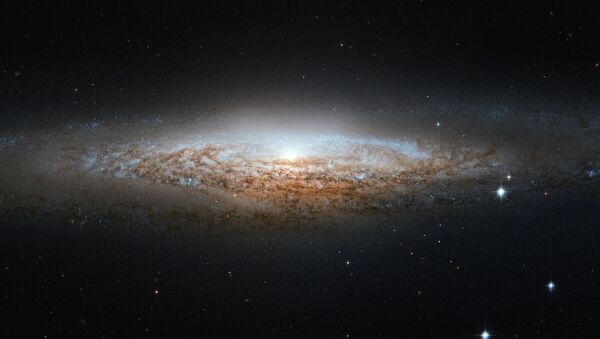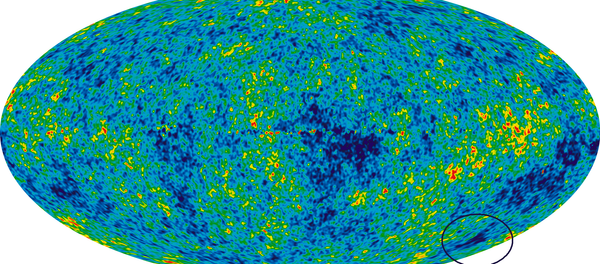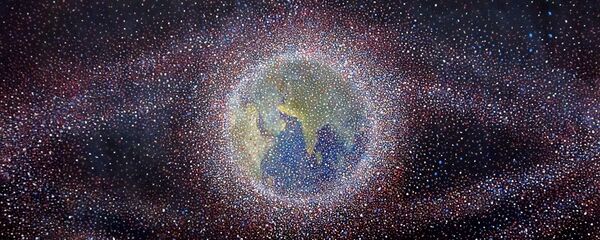"What we perceive as three dimensional may just be the image of two dimensional processes on a huge cosmic horizon," say researchers at the University of Vienna, who have applied the holographic principle from theoretical physics to our flat spacetime.
"In 1997, the physicist Juan Maldacena proposed the idea that there is a correspondence between gravitational theories in curved anti-de-Sitter spaces on the one hand and quantum field theories in spaces with one fewer dimension on the other," explains Professor Daniel Grumiller of the University of Vienna's Institute for Theoretical Physics.
Maldacena's "AdS-CFT-correspondence" has proven a fruitful theory of theoretical physics, about which more than ten thousand scientific papers have been written; "It is like finding out that equations from an astronomy textbook can also be used to repair a CD-player," note the scientists.
"If quantum gravity in a flat space allows for a holographic description by a standard quantum theory, then there must by physical quantities, which can be calculated in both theories – and the results must agree," says Grumiller, who collaborated with colleagues from the University of Edinburgh, Harvard, IISER Pune, MIT and the University of Kyoto to carry out the research. "That we are now able to use this as a tool to test the validity of the holographic principle, and that this test works out, is quite remarkable."
Although it does not yet prove that we are living in a hologram, the study adds to growing evidence for the validity of the correspondence principle in our own universe, and its calculations were published in the March issue of the journal "Physical Review Letters."





